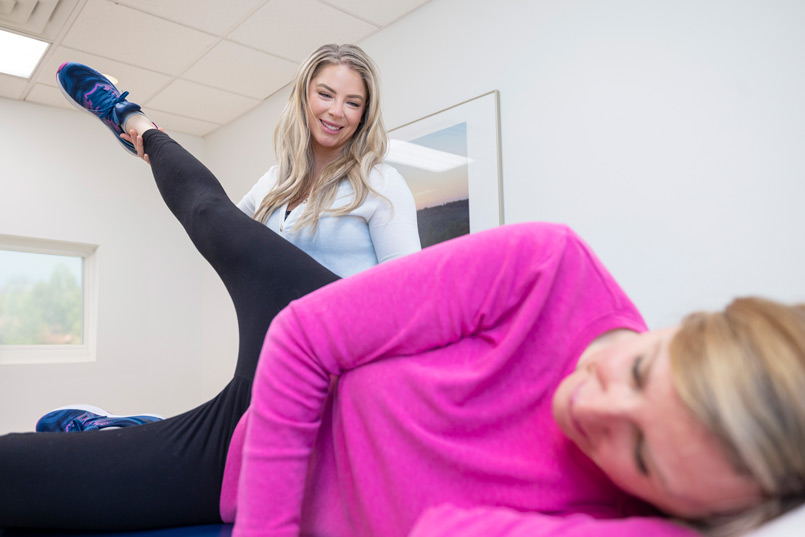Enhancing Performance and Minimizing Injury Threat through Comprehensive Evaluation of Balance and Steadiness via Practical Mobility Screening.
Enhancing Performance and Minimizing Injury Threat through Comprehensive Evaluation of Balance and Steadiness via Practical Mobility Screening.
Blog Article
Balance and steadiness are essential elements of physical fitness and general well-being. They serve a vital part in daily activities, athletic performance, and harm avoidance. When an individual has good balance and stability, they are less prone to fall or sustain damages during physical activities. One efficient way to assess these qualities is through Functional Motion Screening (FMS). FMS is a method used to evaluate movement styles and identify discrepancies or weaknesses that could result to harm.
Practical Motion Screening involves a sequence of particular tests that examine how effectively a person moves. The tests focus on basic movements such as squatting, lunge, and flexing. By watching these actions, coaches and medical experts can determine areas where an individual may struggle. For instance, if someone has trouble keeping equilibrium while performing a squat, it may indicate a need for specific workouts to improve power and control. This evaluation not only detects deficiencies but also helps to track progress over a period.
In addition to identifying areas for improvement, FMS plays a like it vital part in avoiding injuries. Many injuries occur as a result of poor movement patterns, which can be identified through practical evaluations. By addressing these problems early on, individuals can reduce their risk of injury during athletic or other bodily exercises. For instance, a runner who demonstrates an discrepancy in their gait may be increasingly susceptible to knee injuries. By correcting these imbalances through targeted exercise programs, the chance of injury can be significantly reduced.
Additionally, enhancing performance is another advantage of performing a thorough assessment of balance and steadiness. Sportspeople and engaged individuals often aim to improve their performance in specific sports or exercises. A comprehensive understanding of their motion patterns allows trainers to create customized training regimens that target particular deficiencies. By enhancing equilibrium and stability, athletes can improve their total performance, whether it’s running more quickly, leaping higher, or executing exact actions in their sport.
In conclusion, the significance of evaluating equilibrium and steadiness through Practical Movement Assessment cannot be exaggerated. This thorough assessment serves as a foundation for enhancing bodily fitness, preventing harm, and improving athletic performance. By recognizing areas of deficiency and implementing specific training strategies, individuals can attain better results in their bodily activities. Emphasizing equilibrium and stability not only leads to better capability look at here but also contributes to a healthier, increasingly active way of life.
